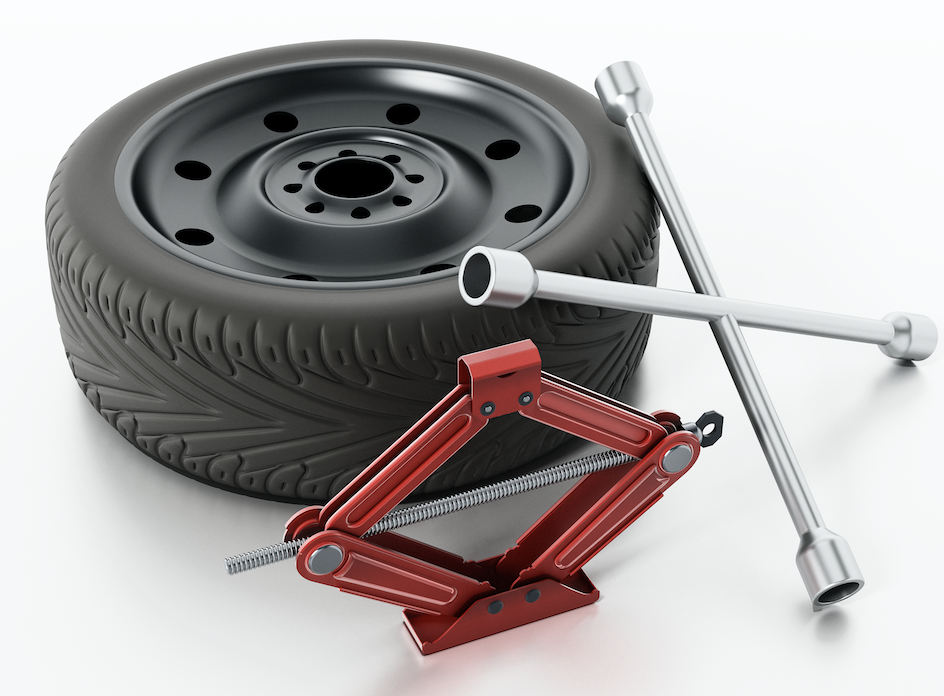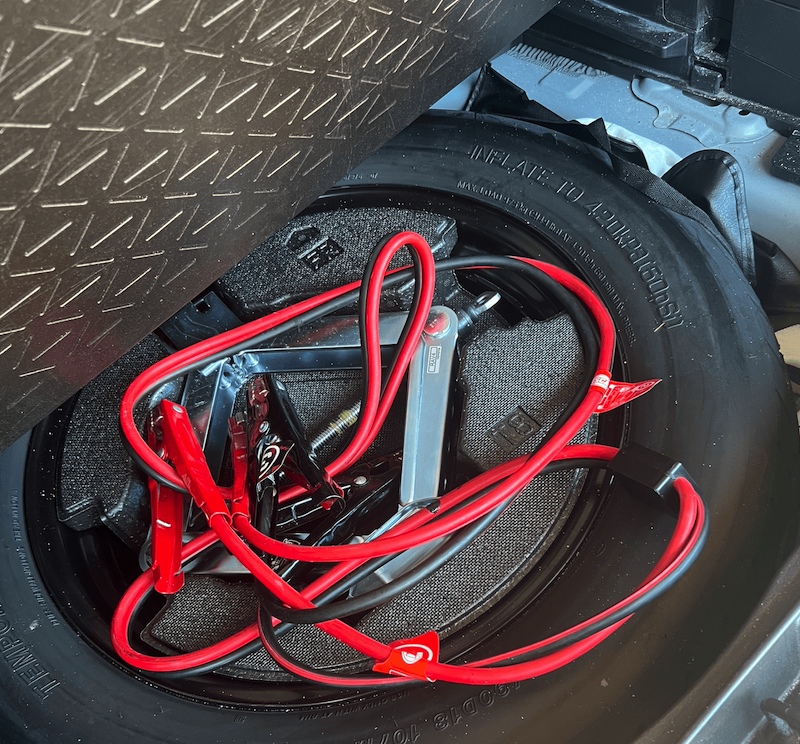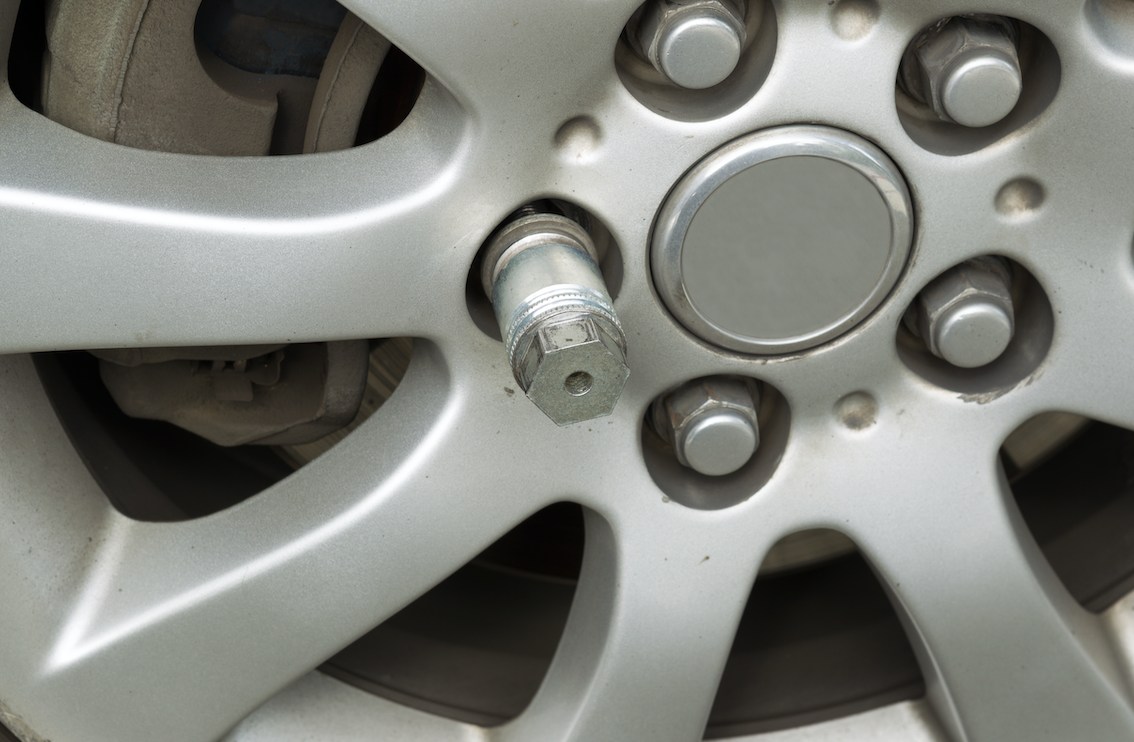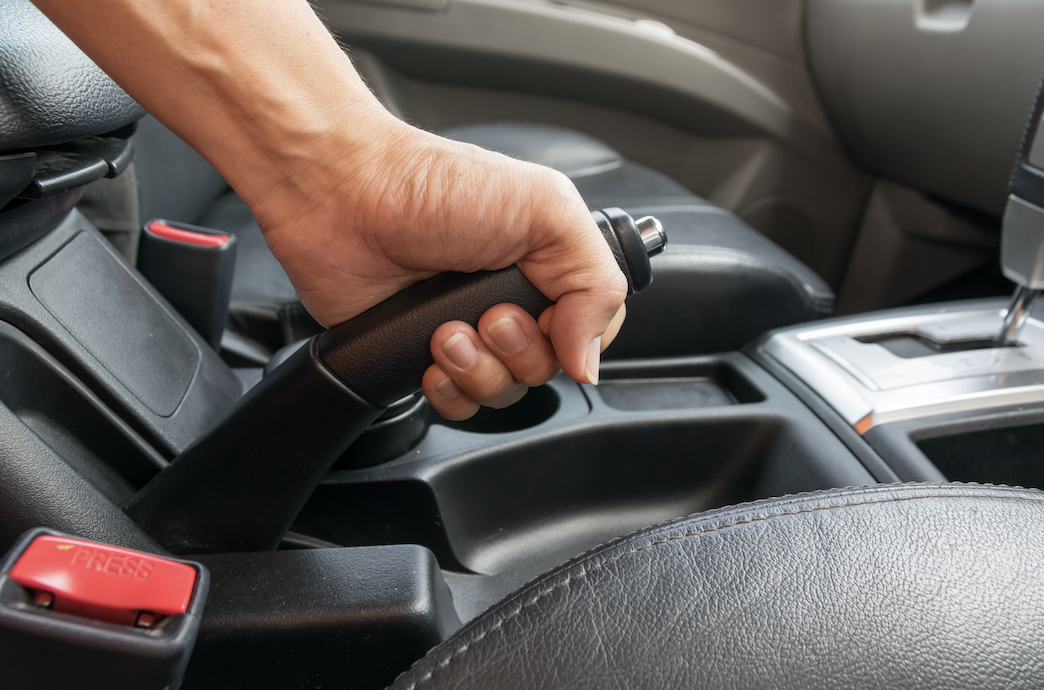
Driver error may be the most significant cause of road accidents, but having a poorly maintained car can also cause problems. Inspecting your vehicle before you drive is a must, mainly if it rarely receives servicing.
Tyres are among the most overlooked components of car safety. Over and under-inflated tyres can both cause issues on the vehicle’s stability:
Overly inflated tyres can affect the driver’s handling and braking. They may also lead to a blowout. In some instances, the car may roll over at high speed, which is dangerous, especially in busy roads.
Under-inflated tyres, on the other hand, can also compromise how the driver handles the wheels. Braking can also be challenging. Many accidents have shown that vehicles aquaplane or slide uncontrollably in wet conditions.
It should be a regular part of your car’s general maintenance to check the tyre pressure. Experts recommend doing this task at least once a month. You should also know the amount of tread on each tyre, which should be at least 1.5mm. If it is less, you should replace them since they are not suitable for driving on the road.
The earliest record of road fatalities in Australia was in 1925 where there were only 700 in total. The highest was in 1970, where 3,798 people died. In recent years, the number lowered to 1,225 in 2017 and 1,137 in 2018.
According to the Department of Infrastructure and Regional Development and the National Road Safety Partnership Program (NRSPP), road accidents were mostly caused by human error. Trauma surgeons also noted that more than 60% of the patients they treat were involved in a road accident. In Australia, these accidents can cost at least $27 billion every year – or $70 million daily.
It is the same amount spent for the National Defence Budget.
How to Know When It Is Time to Change Tyres
We always rely on our tyres, but we frequently forget about them. They are as important as other components of your car. As the point of contact between the driver and the road, the car tyres determine your safety. Driving in wet weather is often unavoidable, but it can make cornering and braking difficult. It is especially true when the tyres are worn out.
When the tyres are old, you not only risk yourself but other people’s safety as well. The best thing you can do to avoid any road accident involving the car tyres is to have them checked regularly.
You can also do it yourself with the following steps:
- Have a quick overview of all the tyres.
- The average passenger tyre should have about eight to 12mm of tread. However, you should note that these figures only apply to brand new tyres. Also, the actual number of tread will depend on the size of the tyres. The minimum standard in Australia is 1.5mm of tread, no matter what size your car or tyres are. If you have less than the specified amount, you could be fined.
- Defining the minimum tread of your tyre does not have to be complicated. It is the lowest (not the highest) level of tread on the tyre that you can see.
- If you find that your tyres have irregular wear, it should not bother you too much. Sometimes, it happens because of the air pressure was not accurate for a while. Wheel alignment also affects tyre wear. Measure by the worst results. Therefore, you should take the lowest number of tread that you can find.
- Today, it is much easier to determine the tyre wear because manufacturers have designed a treadwear indicator. Locate this indicator, which you can find between the ridges of the tread.
- If you use low-profile tyres or your car is low to the ground, it may be a bit tricky to see the ridges. You can look for the arrow on the sidewall of the tyre, which has the markings. You may also locate the logo of the manufacturer, which is where the indicators are often found.
- Compare the marks with the tyre tread. If the latter is level with the indicator at any point, it means that the tread is already around 1.5mm or less. Therefore, you should change your tyres right away.
There are other ways to determine the tread of the vehicle, including using a coin or even a tread depth indicator. If you notice that the tread wear has become irregular, you should take it to a mechanic as quickly as possible. It could be caused by other problems, including wheel misalignment, poor inflation pressure, or your tyre may require rotation.
It is recommended that you replace the tyres once every six years. Consult the owner’s manual or get the code of the tyre, which you can find on its wall. This gives you the information about when the tyre was manufactured, which, therefore, tells you its age.
The code often has four digits with the first two representing the “week” (not the month) of the construction and the second set is the year. For instance, you see that it says 11/17, which tells you that the tyre was manufactured on the 11th week of 2017.
Immediately replace the tyre if it is more than six years old. If you cannot locate the numbers, we recommend erring on the side of caution, particularly if you suspect that the tyres of your car are over six years of age.
How to Pick a Good Spare Tyre
You should never wait until you experience car trouble due to your tyre to purchase a spare. You should already have one, so you are prepared for what could happen while on the road. Buying a spare tyre is a requirement, especially if your vehicle does not have one. When choosing what to purchase, there are a few things to bear in mind:
- Full-size Matching – This method is where you match it with your current tyres. As your fifth tyre, it should also be a part of your vehicle’s maintenance, specifically the rotation pattern. The problem with having a full-size matching spare tyre is that you need to provide storage space for it. You also need to purchase five tyres – and not four – if you have already rotated the original tyres.
- Full-size Non-Matching – As the name suggests, this tyre is your fifth tyre that does not match your existing tyres, including their sizes. The wheel may even be different as well. This type of spare is not a part of the rotation pattern and should only be used in case of a tyre disablement. Just like with the full-size matching spare, this option will take up a lot of space. Also, it may disrupt the aesthetics of your car since it will look different from the rest.
- Full-size Temporary – A temporary spare is the same size as your current tyres but is different in a few ways. Its tread depth is much shallower, and the construction is lightweight. It is perfect for beginners but should never be used as a long-term replacement for your tyres. They should only be used temporarily until you get a good and durable set.
- Compact Temporary – Just like the full-size temporary spare tyre, a temporary compact spare has a shallow tread depth and is lightweight. The smaller dimensions make it compact, so it will require a higher pressure to inflate it. Note, however, that this type of spare can impair some features of your vehicle. These include the ABS and traction control. Its operation is limited until you get to the repair shop.
- Folding Temporary – This tyre is collapsible, so you can inflate it only when you need it. Therefore, the tyre will not take a lot of space. The problem with this type is that it is a bit more difficult to use. You need an air pump or canister, and it cannot be used for a long time.
When buying a spare tyre, you should consider the space it will take. You should also think about how knowledgeable you are with changing tyres, especially when in a remote location. If you are often on the road, it always makes sense to have a spare; otherwise, you can ask for roadside assistance.
Surviving a Flat Tyre Situation: Step-by-Step on How to Change a Tyre with Your Spare
When you have a spare tyre ready, driving becomes less of a hassle. You have that peace of mind, even when on the road. If something goes wrong with the tyres, such as punctures, you can resume your journey after changing the damaged tyre.
Getting a puncture is surely not exciting. It is one of the motoring issues that you can encounter without warning – whether it is day or night. If you do not know how to fit a spare, you will need to wait for a mechanic to do it for you. You can save a lot of money when you know how to change your tyre with the extra tyre.
To change your damaged tyre with the spare, here are the steps that you can follow:
-
Move Your Car to a Safe Location
An essential requirement when changing your tyre or doing any emergency inspection on your car is to transfer it to a safe spot. Your car should not hinder other motorists’ paths. It only takes a split second for other drivers, especially the ones with giant trucks, to wipe you out of the way.
-
Make Sure That the Spare Tyre is Ready for Use
One of the first things that you should not forget to do is to check the spare tyre. If it has a problem, do not proceed with the replacement process. Ensure that it is of correct pressure every time you inspect your there tyres. You can do this task every couple of months if you use your car regularly.If you have a full-size matching or non-matching, or any type of spare, always take a look at the amount of thread left. The rubber should be in good condition as well with no visible signs of cracking or any damage around the sidewall.
-
Have the Tools Ready
The procedure of changing tyres on the road is pretty much the same when you are in your garage. You will need to raise the car onto a jack, which is a risky move. You should be careful when doing this task. If it is your first time to change a tyre, you may want to wait for a professional to help you, especially because you are on the side of the road.If you have already tried changing before, you can once again consult the car’s manual to refresh your memory. Keep the jack and car secure. If the jack falls over, it will not only result in car damage, but you can risk your life as well. -
Have the Car on a Flat, Level Ground
When working to remove the old tyre and replace it with the new one, you need to jack the car up. In this case, you should guarantee that the surface hard, flat, and level, which reduces the risk of the jack failing. The ground should be firm enough to support the entire weight of the car. Another vital thing to do is to ensure that it is on a hard surface. If it is on mud, sand, or any soft ground, the heaviness of the car could slowly thrust the jack into the ground.
-
Prepare the Locking Wheel Nut Key
Some cars have locking wheel nuts. If yours have them, you should have the key ready first. You can usually find it in the glove compartment, near the spare tyre itself, or in one of the glove’s pockets. The key looks like a socket that you have in your socket set. The main difference is that the slots at the end of the tool look different. -
Ensure That the Car Will Not Move
The final step for security is to make sure the vehicle will not roll away as you change the tyre.
Put the handbrake on and perform any of the following:- Choose either first or reverse gear.
- Make sure the engine is turned off.
- For automatic cars, put it on P or Park first.
- The handbrake usually operates on the two rear wheels. If the motor is off and the vehicle is in gear, it can lock the wheels at the front.
- The other option is to physically block the car using bricks or rocks, which you place at the front and behind the tyre. It helps to know which tyre is diametrically opposite to the damaged wheel since it is where you will put the blockage. If you are replacing the right tyre at the front, you will have to block the wheel at the rear left.
- You can also park the car close to the kerb. Turn the steering wheel, which allows the front wheels to point to the kerb. This technique stops the car from rolling off in case something goes wrong while you change the tyre.
- Change the Damaged Tyre With the SpareWhen you are through securing the car and making sure that it will not get hit by running vehicles on the road, you can proceed with changing the tyre:
- Loosen the wheel nuts or bolts, which hold the wheel. You may want to do this task first before you jack the car up since the bolts are too tight. They could start spinning if you try loosening them while up in the air.
- Use the jack, which is usually in the boot and use it to raise the car.
- Get the spare tyre, which may be in a compartment under the boot floor.
- Once the car is raised, you can remove the damaged tyre using the wheel brace to take off the wheel bolts.
- Carefully slide the tyre off its hub. It is heavier than it looks, so be sure to brace yourself.
- A car fastened with nuts just requires you to slide the four or five holes in the spare tyre’s threaded studs.
- If the car uses bolts, you will first have to hang the tyre onto the hub without the threads helping you. Find the lip that will help you keep the wheel in place. Then, line up the holes with the bolts in the hub. It is much easier when you have someone supporting the wheel’s weight for you.
- Finally, it is time to secure the tyre by screwing the nuts or bolts. Be careful not to screw them back tightly.
- When the car is down, you can tighten the screws even more
And you are done!
When you have finished with the tyre replacement, be sure to clean up before you leave.
If your spare tyre is smaller than your regular tyres, you will need to drive as slowly as possible until you reach the mechanic.





